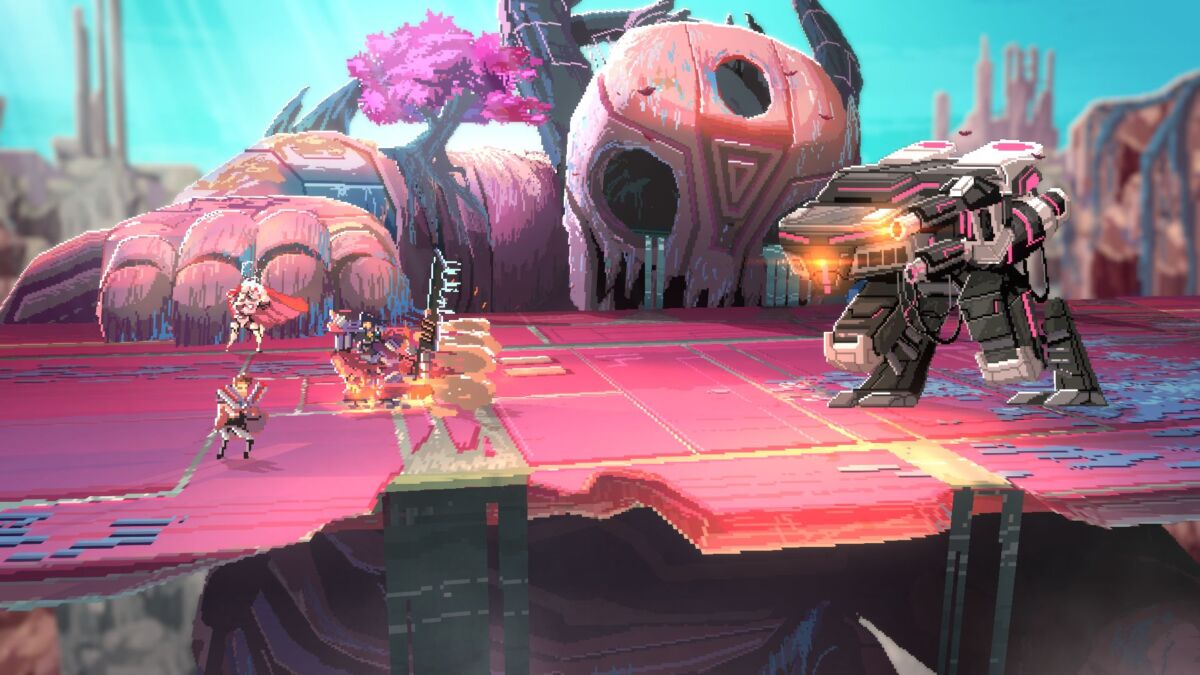Mastering Roguelike Strategy - Unlock the Secrets to Dominating Procedural Dungeon Challenges
Embark on a journey into the depths of roguelike strategy, where every decision can mean the difference between victory and defeat. This genre combines procedural generation with permadeath mechanics, demanding players adopt a strategic mindset to survive and thrive. In this article, we will explore detailed insights on how to effectively develop your roguelike strategy, from understanding game dynamics to crafting winning tactics that keep you alive in the most challenging environments.
Understanding the Core Concepts of Roguelike Strategy

Before diving into tactical advice, it's vital to grasp what roguelike strategy involves. Roguelike games are characterized by random level layouts, permadeath, and often, resource management intricacies. The essence of successful roguelike strategy lies in the ability to adapt quickly to unpredictable scenarios while efficiently allocating limited resources. This strategic framework emphasizes patience, foresight, and deep understanding of game mechanics. Grasping these core concepts sets the foundation for developing effective strategies throughout your gameplay.
How to Develop Your Roguelike Strategy Step-by-Step

When crafting a strong roguelike strategy, it's essential to approach gameplay systematically. First, assess your current situation carefully—understanding your environment, available resources, and enemy patterns. Second, develop short-term plans that focus on immediate survival while keeping long-term goals in mind. Third, adapt your tactics based on new information and game progress, since randomness often forces tactical shifts. Fourth, prioritize resource conservation—be it health, items, or experience points—to ensure longevity. Finally, review your decisions critically after each run, learning from failures and successes alike.
Key aspects for building effective roguelike strategy include:
- Progressive unlocking of character abilities
- Managing risk vs. reward
- Efficient resource utilization
- Anticipating enemy behaviors
- Adapting to procedurally generated levels
Special Tips and Tricks for Mastering Roguelike Strategy
Success in roguelike strategy hinges on mastering nuanced gameplay techniques. For example, always explore the game environment with a plan; rushing blindly increases death risk. Use the environment to your advantage—traps or choke points can turn the tide against enemies. Learn enemy patterns thoroughly to predict their next move, allowing for better positioning and attack timing. Additionally, balancing aggression with caution is vital—knowing when to push forward or retreat can save resources and your life. Incorporating these tactics pushes your roguelike strategy from basic survival to boardroom-level planning, giving you a clear edge over unpredictable challenges.
Key Facts About Roguelike Strategy Every Player Should Know
To excel at roguelike strategy, understanding some fundamental facts can be instructive. For instance, procedural level generation means no two runs are the same, requiring players to rely on adaptable strategies rather than memorized patterns. Permadeath emphasizes the importance of cautious, well-planned moves—each mistake is costly, but learning from failures improves future runs. Resource management becomes critical since supplies are scarce and limited. The gameplay is often designed to reward ingenuity and patience over brute force. Ultimately, mastering roguelike strategy involves a mindset shift—view each run as an opportunity to learn, refine tactics, and push your limits further.
FAQs About Roguelike Strategy
Q1: What is the most important aspect of roguelike strategy to master?
Being adaptable is the most crucial aspect, as procedural generation constantly changes the game environment, requiring quick thinking and flexible tactics.
Q2: How can I improve my resource management skills in roguelike games?
Practice conserving health and items, learn enemy spawn patterns, and prioritize upgrades that provide sustainable advantages.
Q3: Are there any common mistakes to avoid in roguelike strategy?
Overcommitting to risky situations, ignoring map exploration, and not learning enemy behaviors are frequent errors that can lead to early death.
Q4: What role does character progression play in roguelike strategy?
It is vital to choose abilities and upgrades that complement your playstyle while considering the unpredictable game environment for sustained survival.
Q5: Can I develop a winning roguelike strategy without experience?
While experience helps, studying game mechanics, watching tutorials, and practicing patience significantly enhance your strategic skills.
Conclusion
In summary, mastering roguelike strategy requires comprehensive understanding, adaptability, and resourcefulness to navigate the unpredictability inherent to roguelike games. Building effective tactics involves careful planning, environment utilization, enemy pattern recognition, and continuous learning from each gameplay experience. By adopting a strategic mindset and applying specialized techniques, players can greatly improve their chances of success, ultimately transforming challenging runs into rewarding victories. The key lies in combining patience, clever resource management, and consistent adaptation—cornerstones of enduring roguelike strategy.